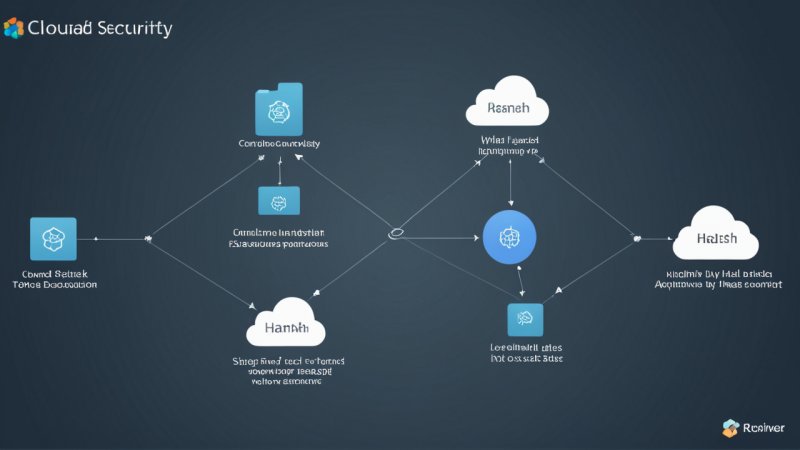What is a Hash Function?
A hash function is a mathematical algorithm that transforms input data of any size into a fixed-size string, which typically appears random. The output, known as a hash value or hash code, is unique to the input data, and even a small change in the input will produce a substantially different hash value.
Why are Hash Functions Important in Cloud Computing?
Hash functions play a crucial role in ensuring data integrity and security in cloud applications. They help verify that the data has not been altered during storage or transmission. Additionally, they are essential in various cryptographic protocols, such as digital signatures and data authentication.
How Do Hash Functions Ensure Data Integrity?
Data integrity is maintained by generating a hash value for the original data. When the data is retrieved, the hash value is recalculated and compared against the stored hash. If they match, the data is intact; if not, it indicates potential tampering.
What Are Common Hash Functions Used in Cloud Applications?
- SHA-256: Part of the SHA-2 family, widely used in blockchain applications.
- MD5: An older hash function, now considered less secure but still used in non-critical applications.
- BLAKE2: A faster alternative to MD5 and SHA-2, offering high security.
Can Hash Functions Be Reversed?
No, hash functions are designed to be one-way functions, meaning it is computationally infeasible to reverse the hash to retrieve the original input data. This property is vital for maintaining security.
How Are Hash Functions Used in Password Storage?
When storing passwords, applications typically hash the password before saving it to the database. This way, even if the database is compromised, the attacker only gains access to the hash values, not the actual passwords. Techniques like salting (adding random data to the password before hashing) further enhance security by making pre-computed attacks (rainbow tables) ineffective.
What Are Some Case Studies of Hash Functions in Cloud Security?
- Blockchain Technology: Hash functions are foundational in blockchain systems. Each block uses a hash of the previous block, creating a secure chain that is immutable and tamper-resistant.
- Data Integrity Checks: Cloud storage services like AWS S3 use hash functions to ensure the integrity of stored files. They provide users with a checksum that can be used to verify data integrity during uploads and downloads.
What Are the Limitations of Hash Functions?
While hash functions are powerful, they are not infallible. Vulnerabilities may arise from weaknesses in the hash algorithm itself or through collision attacks, where two different inputs produce the same hash value. Using modern, robust hash functions like those from the SHA-2 family can mitigate these risks.
How Can Developers Implement Hash Functions in Their Applications?
import hashlib
# Example of hashing a password using SHA-256
password = 'securePassword'
hashed_password = hashlib.sha256(password.encode()).hexdigest()
print(hashed_password)What Should Organizations Consider When Choosing a Hash Function?
- Security Level: Choose hash functions with a proven track record against attacks.
- Performance: Assess the speed of the hashing algorithm, especially for applications with high traffic.
- Future-proofing: Consider the longevity and acceptance of the hash function within the cryptographic community.
Conclusion: Hash functions are integral to the security architecture of cloud applications. They protect data integrity, enhance password security, and support various cryptographic operations. Understanding their importance and implementation is essential for developers and organizations seeking to secure their cloud infrastructures.






